What are some summer email marketing campaign ideas that actually work?
To help you launch a successful summer email marketing campaign, we asked email marketers and business leaders this question for their best tips. From creating offline travel reads to presenting seasonal discounts, there are several summer email marketing campaign ideas that have been proven to capture the attention of audiences.
Here are eight summer email marketing campaign ideas:
- Create Offline Travel Reads to Capture a Captive Audience
- Think About Parents in Summer Time
- Connect Your Emails to the Outdoors
- Prize Draws and Contests
- Pay Attention to Summer Sales!
- Offer Summertime Tips and Resources.
- Send Emails Later in the Day
- Present Seasonal Discounts in a Travel-themed Newsletter
Create Offline Travel Reads to Capture a Captive Audience
One creative idea for a summer email marketing campaign is to send a series of “travel reads” recipients can save and read later offline while on car trips or in line at the airport. This trick capitalizes on the idle time spent journeying to summertime locations and lends you a captive audience who is likely to pay you full attention. The most crucial part of the plan is to create content that is practical and helpful and not merely advertorial and to include a call to action to draw folks back online.
Michael Alexis, TeamBuilding
Think About Parents in Summer Time
Summer time can be difficult for stay-at-home parents because they are trying to find constant entertainment for their kids while they’re out of school. While creating a summer email marketing campaign, think about how your product or service could support moms (or certainly dads) that are home with their kids all day. Could you promote something that would distract or entertain the kids? Does your product or service allow the moms or dads to relax once the kids are in bed? Does it make their day easier so they can focus on their children more? Summer means 24 hours of taking care of children for a large group, so create an email campaign that will make their job easier!
Logan Mallory, Motivosity
Connect Your Emails to the Outdoors
Summer invokes thoughts of vacations and theming your email around the positive emotions associated with sunny carefree days is a great way to build a summer email marketing campaign. Reading emails is primarily an indoor activity which is opposite of what we pair with summer, thus, creating a connection to the outdoors and activity is a must in order to build a successful campaign.
Sending emails with fun outdoor activity suggestions, a summer music playlist through Spotify, or best beaches to visit checklist, can tie your business to that theme of fun. When customers receive this email, they will feel those positive emotions and associate with your business, building the connections you desire. By tailoring your email to touch on the positive emotions people associate with summer, you will build a successful marketing campaign that will lead to conversions.
Cody Candee, Bounce
Host Competitions to Begin Conversations
In my opinion, this “begins a conversation in your community with your customers,” which in turn strengthens their loyalty to your company. The Father’s Day holiday is a great opportunity to host a candy guessing or essay writing contest for youngsters. Your summer email marketing campaign will stand out from the crowd of generic newsletters with this added touch of warmth and humanity. Competitions are a great way to develop low-cost, high-return content for your email and social media marketing campaigns. Promote contests and freebies through your newsletter and other online outlets. Prizes in Starbucks’ Summer Game competition are both enjoyable and useful, and the event is seamlessly integrated with the company’s loyalty program.
Jay Bats, ContentBASE
Pay Attention to Summer Sales
Summer holiday sales are an effective marketing campaign because consumers are primed to look for deals and are ready to shop at certain times of the year. Memorial Day and the Fourth of July are holidays where people search for steals on products and services. Back to school is another time when people are ready to spend. Tap into the natural cycle of sales for a compelling summer marketing campaign.
Sumeer Kaur, Lashkaraa
Offer Summertime Tips and Resources
Summer is the time when most people are out enjoying the sunshine. According to Marketing Insider Group, email newsletters have a 23.4% open rate. What happens after people open these emails is entirely up to the marketer. No matter what industry your business is in, you can use related summertime tips and resources in your newsletter.
For example, if you’re running an online food publication, you can add a new summer recipe to your weekly newsletter. It’s important to include a CTA and link at the bottom like “check out more of our sizzling summer recipes”. This will drive traffic to your website by increasing engagement. Helpful tips such as how to keep your bread from molding during the summer months establish authority for the brand and drive interest by providing useful information that consumers are looking for. Tips coupled with resources create strong newsletters with higher engagement rates than those that simply include company updates or news alone.
John Cammidge, JTC Consultants
Send Emails Later in the Day
In the summer, many people are enjoying the sunshine. They’re outside doing activities. They may even eat dinner later because it gets dark later. So don’t send your marketing emails when your audience isn’t as likely to be reading. Understanding the seasonal lifestyles of your customers is a key to success.
Scott Lieberman, Touchdown Money
Present Seasonal Discounts in a Travel-themed Newsletter
Summer is a time when a lot of people travel. Beach destinations and outdoor adventures in the mountains resonate with people. Using color schemes often associated with summer such as orange, yellow, and light blue can make your email more visually appealing and relevant to summer readers.
Additionally, images of beaches or the wilderness reinforce the idea that summer is in full effect. Once you have a solid email template, write or have an email copywriter create the body of the email. Subject lines like “splash into our summer sale” or “25% off on everything under the sun” can get more people opening your emails.
Aside from offering seasonal discounts in the newsletter itself, you can include a giveaway on the landing page with travel items or tickets to a coveted holiday destination. Research from Unbounce suggests that giveaways increase subscriptions by more than 700%. With more subscriptions comes more conversions. This is how your newsletter can get more traction this summer.
Dustin Ray, Inc File

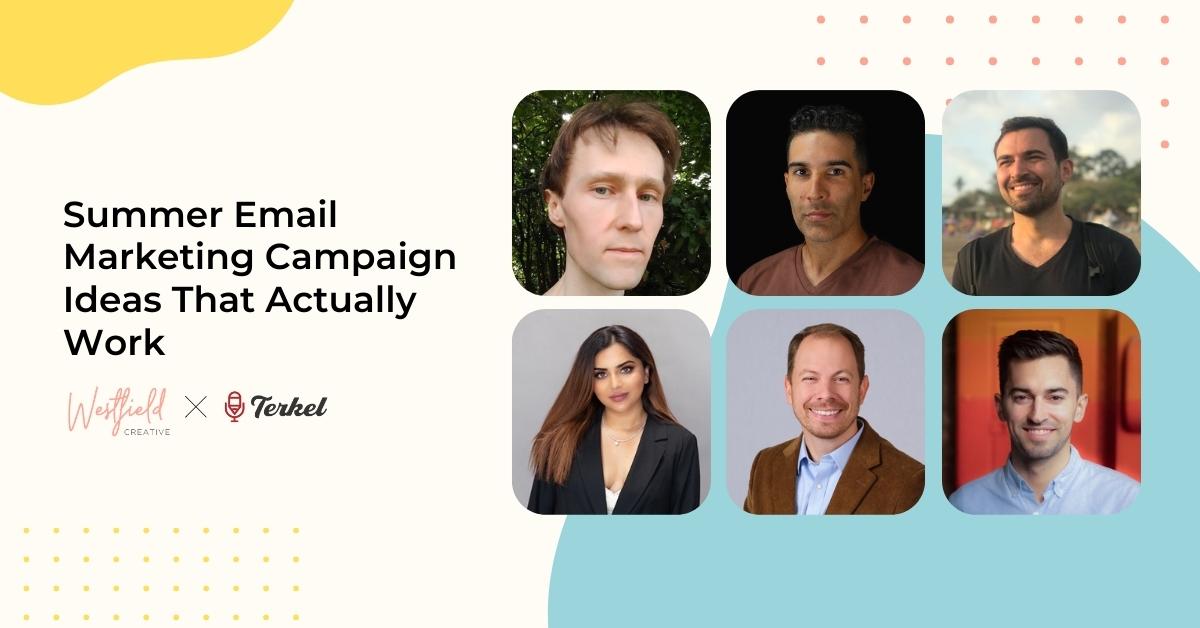








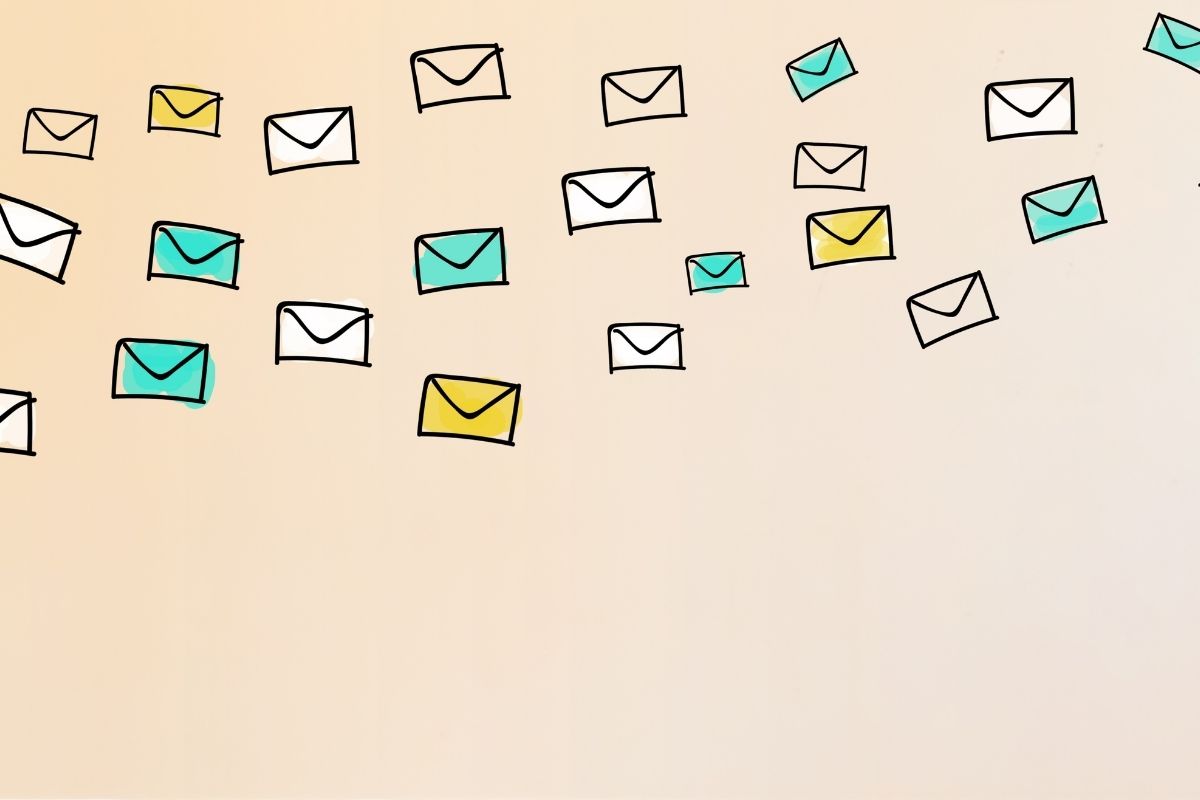
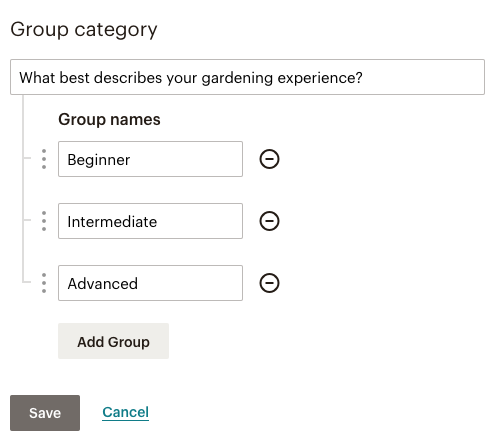
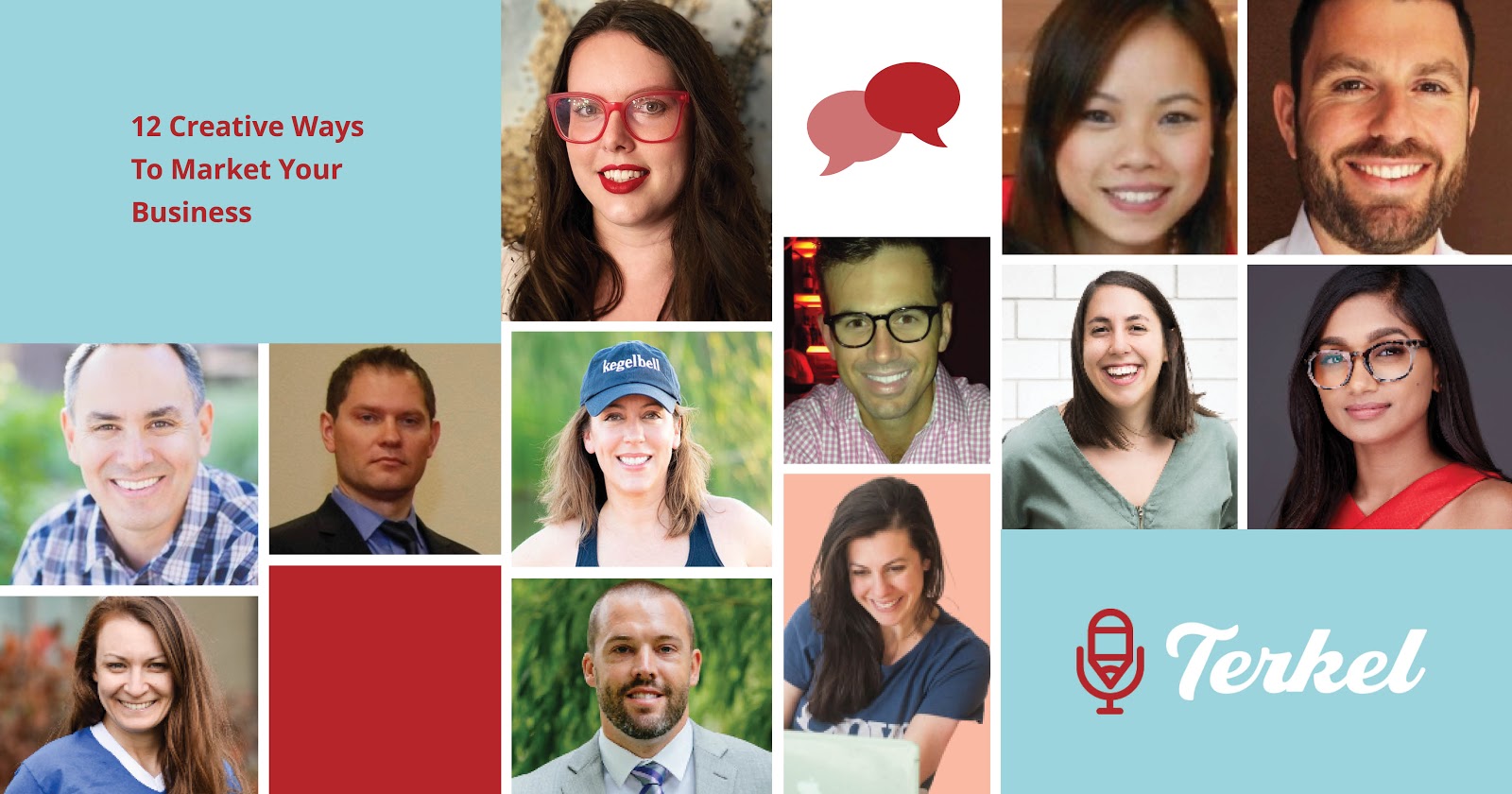
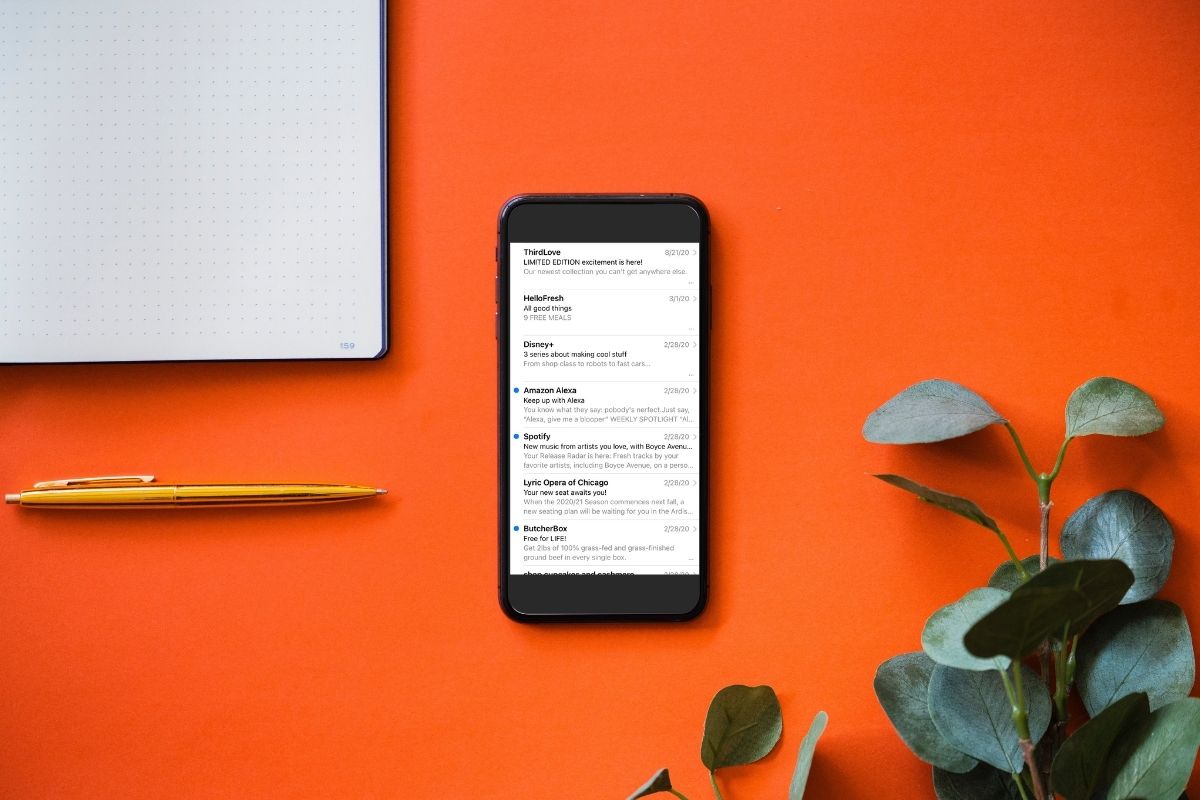


 COO of ZeroBounce, Brian Minick
COO of ZeroBounce, Brian Minick
 DID YOU KNOW that Cyber Monday
DID YOU KNOW that Cyber Monday  )
)